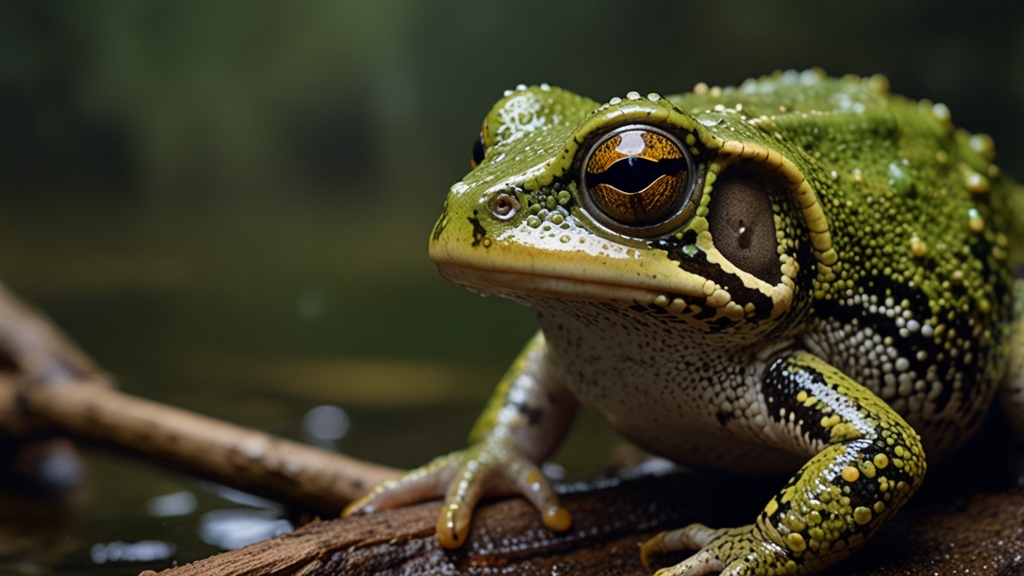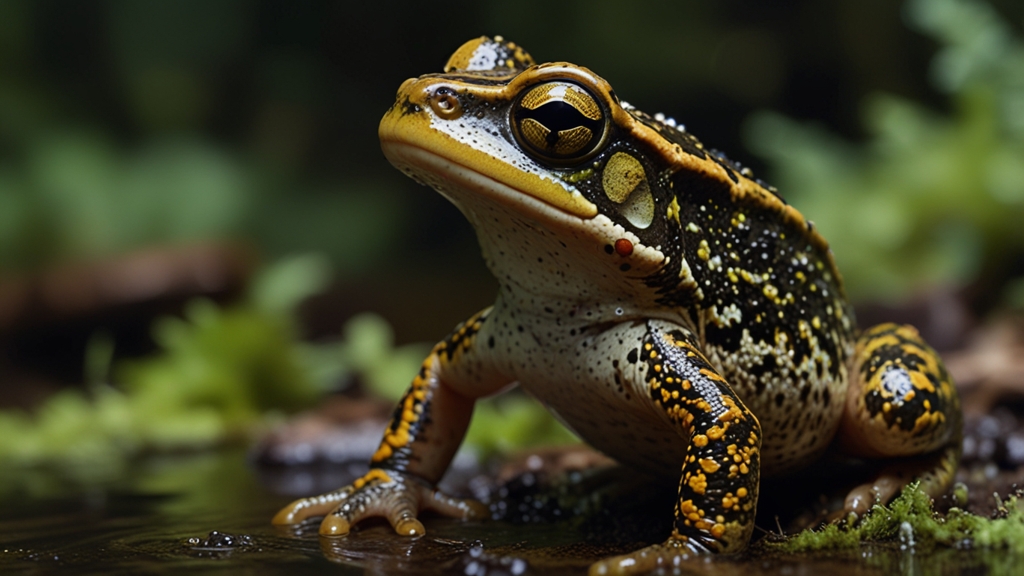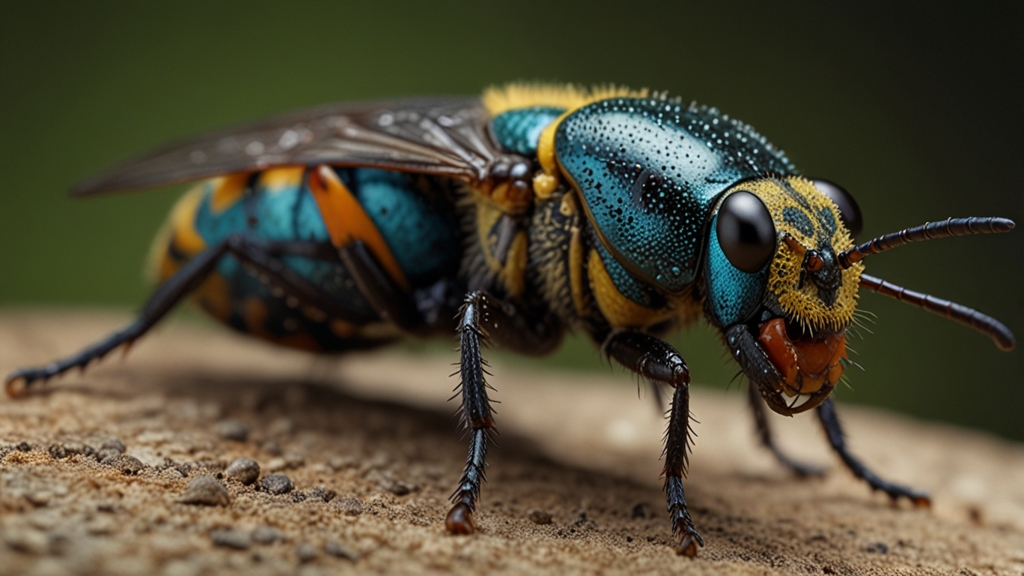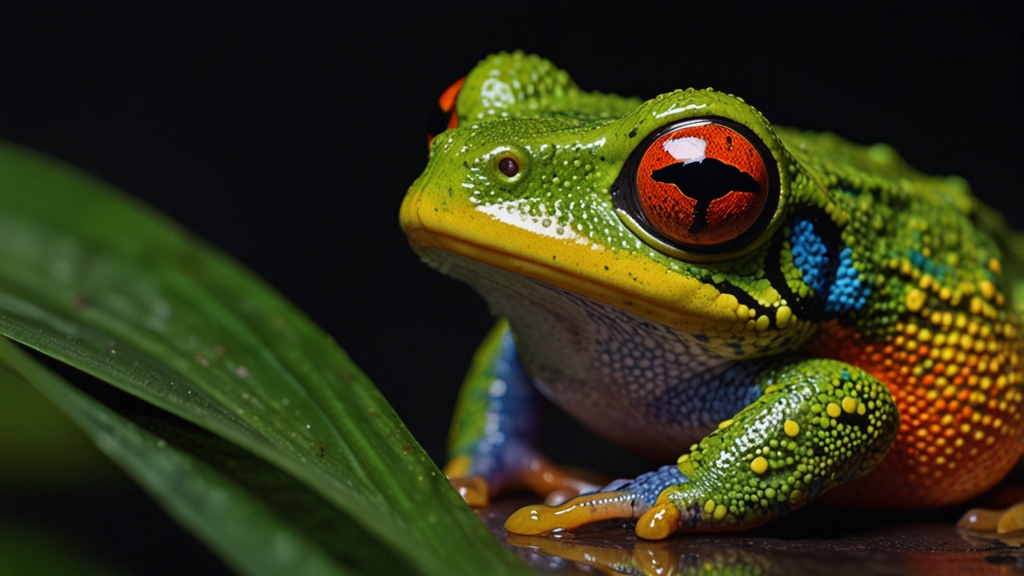Can We Turn the Tide? Saving Earth's Most Endangered Creatures
Around the world, thousands of species are teetering on the brink of extinction. Climate change, deforestation, illegal hunting, and pollution are just a few of the numerous threats these creatures face. The question that looms large is: can we turn the tide and save Earth's most endangered creatures?
The Dire Consequences of Inaction
The extinction of species creates a ripple effect that profoundly impacts ecosystems and biodiversity. The loss of just one species can set off a chain reaction, disrupting food chains, pollination networks, and even altering entire habitats. The extinction of keystone species, in particular, can have devastating consequences. These species play crucial roles in maintaining the structure of their ecological communities. Without them, ecosystems can become unrecognizable.
The greater the biodiversity, the greater the stability. Removing one component often has unpredictable repercussions, leading to long-term damage.
Understanding the Causes
To address the problem, it's crucial to understand the causes. Habitat destruction is one of the leading causes of species endangerment. Forests, wetlands, and grasslands are razed to make way for agriculture, urban development, and infrastructure. The resultant habitat loss leaves species with no place to live, breed, or find food.
Climate change exacerbates these problems by altering habitats and pushing species out of their natural environments. Rising temperatures, changing rainfall patterns, and more extreme weather events force animals and plants to migrate, often leading to decreased survival rates.
Illegal wildlife trade, poaching, and pollution add another layer of complexity. These activities not only decrease population numbers but also diminish the genetic diversity needed for species to adapt to changing conditions.
Conservation Efforts and Strategies
Fortunately, there are various strategies and efforts underway aimed at reversing this alarming trend. Conservationists are employing multiple methods to protect and revive endangered species.
Protected Areas and Reserves
One of the most straightforward ways to protect endangered species is to establish protected areas where human activity is minimal. National parks, wildlife reserves, and marine protected areas serve as safe havens for many species. These zones provide a controlled environment where animals and plants can thrive without the pressures of habitat destruction, pollution, or hunting.
Restoration Projects
Habitat restoration projects aim to rehabilitate damaged ecosystems. These initiatives often involve replanting native vegetation, cleaning up polluted areas, and reintroducing native species. These actions help rebuild ecosystems and provide the necessary conditions for endangered species to recover.
Legislation and Policy
An essential element in the fight against species extinction is robust legislation. Laws that restrict hunting, trading, and habitat destruction are vital. International agreements such as CITES (Convention on International Trade in Endangered Species of Wild Fauna and Flora) help by regulating cross-border wildlife trade.
The Role of Technology and Community
Advanced technology also plays a vital role in conservation. Drones, camera traps, and satellite imaging allow researchers to monitor wildlife populations and habitats in real-time. Genetic research offers tools for breeding programs aimed at increasing population numbers and genetic diversity.
Community involvement is crucial. Public awareness campaigns, citizen science projects, and community-managed conservation areas empower local populations to take part in saving endangered species.
Individual Actions Matter
While large-scale efforts are indispensable, individual actions also make a difference. Simple steps like reducing waste, using sustainable products, supporting conservation organizations, and making ethical consumer choices can contribute to the broader effort.
Conclusion
The plight of Earth's most endangered creatures is urgent and complex, but it's not insurmountable. Through coordinated global efforts that combine scientific research, community involvement, and robust legislation, we can turn the tide. It is our collective responsibility to ensure that future generations inherit a planet rich in wildlife and biodiversity. Each step we take today can help write a more hopeful chapter in the story of Earth's endangered creatures.









